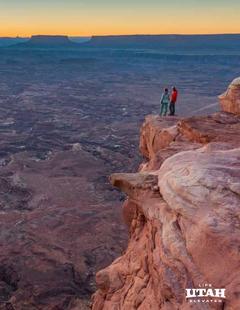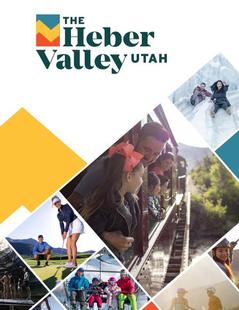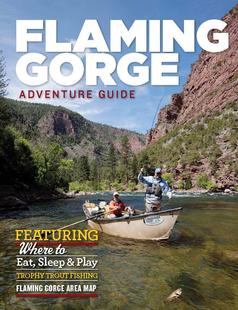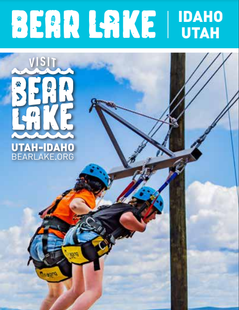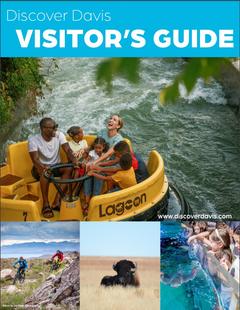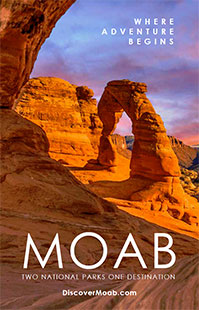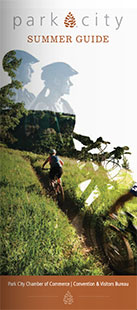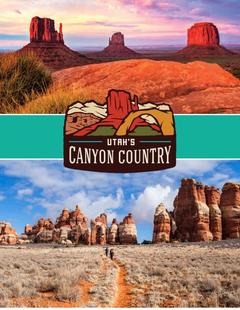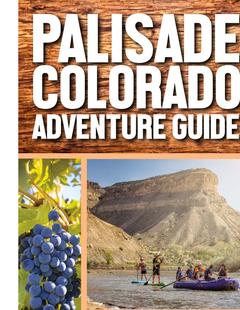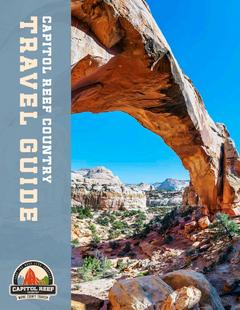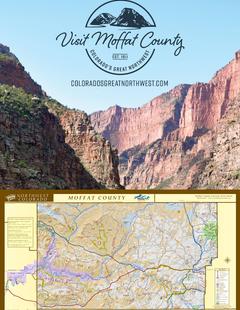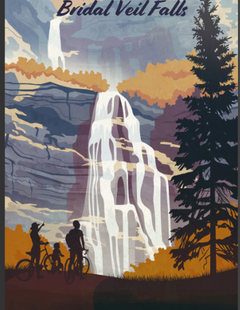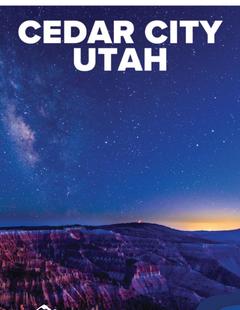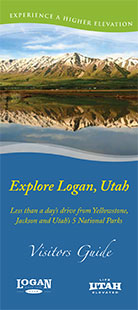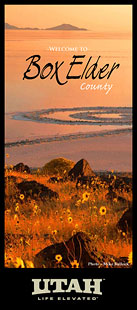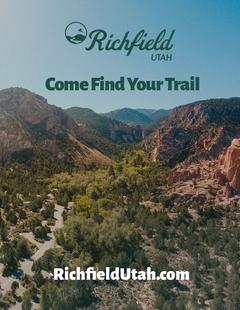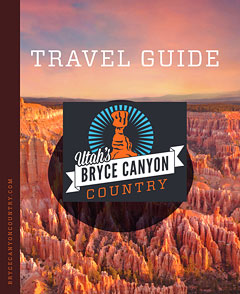Basics
- Location:
- North slope of the High Uintas Wilderness Area, near Evanston, Wyoming
- Length:
- 31.2 mile roundtrip
- Difficulty:
- Intermediate
- Time:
- Day 1: 5 1/4 hours
Day 2: 5 1/4 hours
Day 3: 8 1/2 hours
day 4: 4 hours - Elevation Change:
- 5080 feet
- Season:
- Midsummer to mid-fall. (Usually covered with snow from mid-November until mid-July. )
Description
Although the climb to the top of Kings Peak is very strenuous it is not technically difficult, and about the only requisite for the trip is good physical condition. Furthermore, the view from the top is extraordinary. Even if it were not the highest point in the state, the assent of Kings Peak would still be one of Utah’s best hikes.
Henrys Fork is the closest trailhead to Kings Peak; hence it is the most popular place to begin the hike. But many variations of this hike are also possible. If you spend an hour on the summit in mid-August you will probably meet other climbers who have walked up from every direction. Many hikers approach Kings Peak from the south slope along Yellowstone Creek or the Uinta River. Others come from Hoop Lake or Spirit Lake on the eastern side of the Uintas. And a surprising number of people begin their hike at Mirror Lake, 40 miles to the west. Looking down from the top with a good pair of binoculars you can usually see hikers far below inching their way east or west along the Highline Trail towards Anderson Pass, just north of the summit.
Details
Location:
Length:
Difficulty:
Time:
Day 2: 5 1/4 hours
Day 3: 8 1/2 hours
day 4: 4 hours
Elevation Change:
Season:
Additional Details:
The first major point of interest along the way is Alligator Lake, located at the end of a short spur trail about an hour and ten minutes from the trailhead. Watch for a large pile of rocks on the south side of a wooden boardwalk that crosses a small drainage. At that point you will see the trail to Alligator Lake branching off to the right of the main trail. The Lake is 0.4 mile up the drainage at the end of the spur. Alligator is a surprising large lake, about 600 yards long by 150 yards wide. There are a number of fine campsites on the lake’s south shore, and it is a good place to spend the night if you are getting off to a late start.
5.5 miles from the trailhead the trail breaks out of the trees on the northern end of a large meadow. There is a major trail junction here between the Henrys Fork Trail, which runs south along Henrys Fork, and the North Slope Trail, which crosses it in an east-west direction. The junction is called Elkhorn Crossing.
At Elkhorn Crossing you have a choice of two trails: you can either proceed south on the Henrys Fork Trail or you can turn right and follow the North Slope Trail for a short distance to the West Side Loop Trail. The two routes converge again just below Gunsight Pass; hence you can get to Kings Peak by following either trail. For the sake of diversity I suggest you take the West Side Loop Trail on your way up the peak and use the Henrys Fork Trail for your return trip. If you choose to do this, then turn right at Elkhorn Crossing and proceed west on the North Slope Trail (Forest Service Trail #105).
About half an hour after leaving Elkhorn Crossing you will arrive at the West Side Loop Trail junction. Turn south here and proceed towards Bear Lake and Henrys Fork Lake. There are several signs in this area indicating that you are now on the Highline Trail, but these signs are in error. The real Highline Trail (Forest Service Trail #25) is still many miles to the south. You won’t reach it until you have crossed the Uinta divide at Gunsight Pass.
Five minutes after leaving the junction between the North Slope Trail and the West Side Loop Trail you should see the calm waters of Bear Lake flickering through the trees on the left. There is no trail to the lake, but it is only 100 yards off the trail. There are many good campsites around Bear Lake and it is a fine place to stop for the day. You can also visit Sawmill Lake, a slightly smaller lake 200 yards farther down the drainage from the east end of Bear Lake.
Day 2
Between Bear Lake and the bottom of Gunsight Pass you will pass by several more picturesque lakes, the largest of which is Henrys Fork Lake. 0.3 miles after leaving Henrys Fork Lake the trail passes by a tiny cabin that has been used for many years as a sheep herders’ bivouac. Henrys Fork Basin is heavily grazed during the summer months and you will almost certainly see sheep while you are there. Many hikers are offended by the sights and sounds of domestic animals in this high wilderness valley. They do contaminate the water sources and destroy the wildflowers, but for me the sounds of their bells and their baa-a-a-as drifting through the alpine valley seem to add a certain tranquility to the pastoral scene.
Finally, 3.8 miles from Bear Lake, the West Side Loop Trail crosses Henrys Fork Basin to end at Henrys Fork Trail. The elevation at this point is 11,000 feet, just above timber line, and there are few trees. A mile southeast you can see Gunsight Pass, a deep notch in the Uinta Crest where the trail crosses to the South Slope. And south, above the basin you can see Anderson Pass and Kings Peak. Your route to the summit will be along the ridge south of Anderson Pass.
Next the trail climbs slowly up the east side of Henrys Fork Basin until it reaches the top of Gunsight Pass. If it is late in the day you might want to establish a camp on the northern side of Gunsight Pass rather than continuing into Painter Basin. There is a flat grassy area beside a small pond just below the northern side of the pass. The elevation here is 11,460 feet, about 430 feet below the top of the pass. If time permits, however, I suggest you continue another 2.0 miles across the pass and into Painter Basin where you will find a better place to camp.
About 0.6 mile below the south side of Gunsight Pass you will see a less distinct trail veering off to the right along the foot of the cliffs. The main trail continues southeast across Painter Basin for 1.0 mile before doubling back to the west, so you can save a lot of time by taking the less distinct shortcut south through the basin below the bottom of the cliffs. This shortcut trail eventually fades and disappears, but that isn’t a problem. Just continue due south in the grassy meadow along the base of the talus slope. About 0.7 mile after leaving the main trail you will see a fresh water spring flowing out of the rocks at the edge of the meadow. This area is an excellent place to stop and make camp for the night.
Day 3
Painter Basin is only 2.9 miles from the top of Kings Peak, but you still have a 2,120-foot elevation gain to deal with as well as some off-trail scrambling. There is no trail for the last 0.8 mile. Also, remember you can’t walk as fast at the high altitude. Leave your packs at your camp and get an early start so you will have plenty of time for a leisurely lunch at the top.
From the spring continue walking south along the western side of Painter Basin, across a small drainage, until you reach a place where there is grass growing on the rocky slopes above you and there appears to be an easy way up. Turn west here and start working your way up the southern side of the small drainage. After about 0.3 mile you should run into the Highline Trail. From there it is only 1.6 miles farther to the top of Anderson Pass.
At Anderson Pass you must leave the trail and start picking your way up the ridge to the top of the peak. There are cliffs on the west side of the ridge, but the slopes are more gradual on the east. You will see occasional cairns, but they really don’t do much good. It is pretty obvious where you are going, and there is really no easy way. It is just a matter of making your way slowly upward over the jumble of jagged boulders, and if you are persistent the goal will be reached in about an hour.
One of the most astonishing features of the view from Kings Peak is the vastness of the panorama. Other than a few tread-like trails in the basins below there are virtually no signs of human activity. The nearest road is ten miles away and the nearest town is twice that distance. Another striking feature is the number of lakes that can be seen. More than a dozen large lakes in Garfield, Henrys Fork, Atwood, and Painter Basins are visible. But probably the most notable characteristic is the amount of land that is above timberline (about 11,000 ft.) and devoid of trees. In fact the Uintas have more square miles of land in the Arctic-Alpine Tundra Life Zone than any other mountain range, outside Alaska, in the United States.
The descent from Kings Peak back to Anderson Pass is even more tricky than the assent, so be careful. There are many loose rocks, and I can’t think of a worse place to break a leg. Once you reach the pass, however, it is a very pleasant walk back to Painter Basin. Some people spend a second night at the Painter Basin campsite, but if you want to complete the trip in the allotted four days you should pack your belongings and walk down to Dollar Lake for the third night.
Dollar Lake is probably the most beautiful of all the lakes in Henrys Fork Basin. Unfortunately it is heavily used by campers, and many other hiking books encourage you to camp elsewhere. But if you can find a site it really is an exquisite place to spend the night. The lake is surrounded by a grove of tall Engelmann spruce, and there is a marvelous afternoon view of Kings Peak from its southern shore.
The lake is not visible from the trail and there is no established trail leading to it; consequently it is easy to miss. When you reach the trail junction below Gunsight Pass where the West Side Loop Trail departs, make a note of the time and continue straight ahead on the Henrys Fork Trail. After about 15 minutes you will leave the meadow and enter into a large grove of spruce. Within ten minutes after entering the trees you should see one or two small cairns on the right side of the trail. Leave the trail at this point and walk due east for 200 yards and you will run into the lake. The main trail continues north for another 300 yards before entering the meadow again. If you come to the point where the trail leaves the trees it means you have gone too far.
Day 4
From Dollar Lake back to the trailhead is only 7.4 miles and it is downhill all the way. There are no more lakes to explore, but there is plenty of otherwise fine scenery. The first 1.9 miles follow the east side of the meadow to Elkhorn Crossing. This is prime moose habitat and you probably have at least a fifty-fifty chance of seeing one if you are observant. At Elkhorn Crossing the trail crosses to the west side of Henrys Fork. Look for the footbridge about 100 yards downstream from the point where the main trail fords the creek. Once you are back on the west side of Henrys Fork you can simply retrace your original footsteps back to the trailhead.














